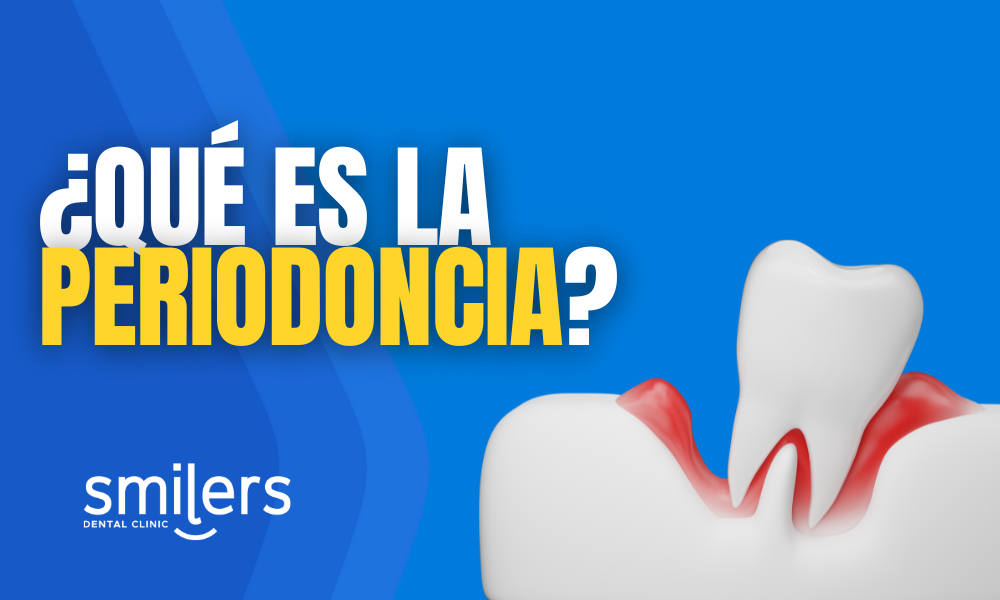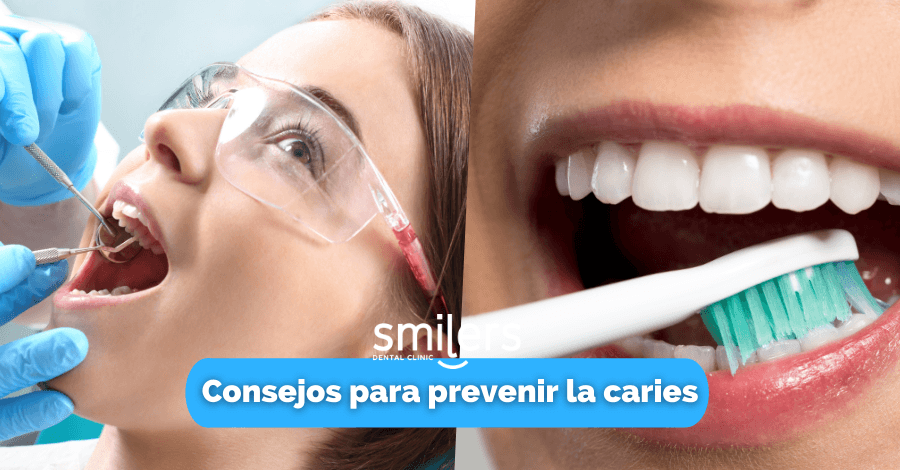Periodontics is the specialty of dentistry that deals with problems affecting the gums and other tissues that support the teeth, and conditions related to this area are one of the main causes of tooth loss.

In summary, it focuses on:
- Treating diseases affecting the gums
- Caring for dental supporting tissues
- Focus on the maxillary bone structure.
Periodontal problems tend to worsen over time, underscoring the importance of regular dental visits.
Importance
It should also be noted that there are a number of preventive interventions, with professional dental cleaning being one of the most common alternatives.
On the other hand, it should be noted that there is an increasing variety of periodontal treatments, which means that it will be much easier to find the solution that best suits the patient’s situation.
In addition, another detail that will surely interest you is that this type of treatment does not cause pain to the patient, since it is performed under local anesthesia.
Common Periodontal Diseases
It is now time to know the main periodontal diseases that exist, as well as the characteristics of each of these pathologies and the most effective solutions.
Gingivitis
We can define gingivitis as a mild periodontal disease characterized by redness and inflammation of the gums.
The main cause of gingivitis is due to poor oral hygiene, so we can solve this situation by improving habits related to dental cleaning, being important to clarify that it is not only necessary to brush teeth after every meal, as it is also necessary to use dental floss and mouthwashes to achieve optimal oral hygiene.
Gingivitis is not a serious pathology, however, if it is not treated quickly, we run the risk that this disease will continue to progress until it becomes a serious and irreversible pathology, which can even cause the loss of dental pieces. Clearly, it is essential to treat gingivitis as soon as possible.
Periodontitis
Unlike gingivitis, periodontitis is a serious and irreversible pathology that has the capacity to destroy the bone on which the teeth rest, so it is not surprising that it is a common cause of tooth loss.
In order to understand the causes of periodontitis, it is necessary to clarify that this pathology starts with gingivitis and, if not treated in time, it will continue to progress until it causes this disease.
How is periodontics performed?
It is time to learn about the different treatments related to periodontics and, in this way, we will be able to know the multiple alternatives that we have at our disposal when it comes to solving a problem related to periodontal tissues.
Non-surgical treatments
Among the main non-surgical treatments we highlight:
- Root planing, an intervention that consists of smoothing the surface of the roots in order to remove the tartar that accumulates on the dental root.
- Scaling, also known as curettage. Through this intervention we will be able to remove the tartar that accumulates on the surface of the teeth and under the gum, with the particularity that this process is performed with ultrasonic devices or, failing that, by laser treatment.
- Antibiotics as another ideal solution to control infections caused by bacteria, which may be for oral or topical use.
Both root planing and curettage are relatively simple procedures and do not usually cause too much discomfort to the patient. Even so, in order for the patient to enjoy greater comfort and well-being, it is common to apply local anesthesia in this type of procedure.
Surgical treatments
In the event that the above treatments do not work or do not meet the patient’s needs, there are surgical interventions to solve the periodontal problem.
- Periodontal surgery or flap surgery: as one of the most demanded proposals. Through this surgical process the gum is lifted with the aim of scraping and smoothing the part of the dental root that is damaged, being this a technique that will allow the specialist to access deeper areas compared to the treatment that does not require surgery.
- Soft tissue grafts: These are used to reinforce soft tissue that has been damaged. This procedure, which uses part of the palate or gum tissue, is an ideal option to stop gum recession.
- Bone grafting: In this case, it will be performed in those patients who have the bone surrounding the affected root.
It is important to clarify that, if some of these treatments are not applied, the periodontal disease will continue its course and, sooner or later, will cause the loss of the tooth.
What are the benefits of periodontics?
Periodontics is crucial for several reasons:
- Stops the progression of periodontal diseases
- Helps restore damaged periodontal tissues
- Prevents painful infections
By addressing both esthetic and functional aspects, periodontics has become one of the most demanded dental specialties.
This post is purely informational and does not replace a consultation with the dentist in any way. Contact the smile agents team to schedule an appointment with one of the dentists at Smilers Dental Clinic.


